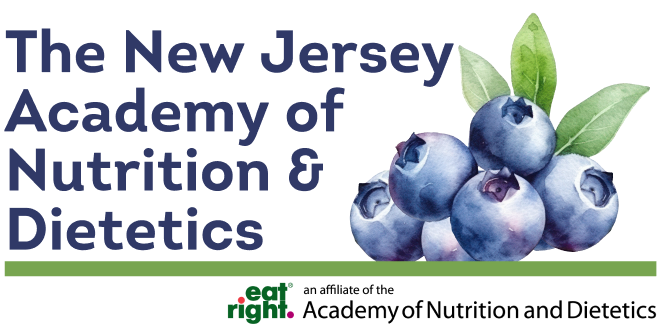Dietary Guidelines for Americans (DGA)
The Dietary Guidelines for Americans (DGA) are evidence-based recommendations aimed at promoting health and preventing chronic diseases through nutrition. These guidelines are updated every five years by the U.S. Departments of Agriculture (USDA) and Health and Human Services (HHS). They serve as the foundation for federal nutrition policies and programs, and are a valuable resource for health professionals, including Registered Dietitian Nutritionists (RDNs), students, and the general public.
Key Components of the 2020-2025 Dietary Guidelines
The current version of the DGA, 2020-2025, emphasizes a holistic, nutrient-dense approach to eating, focusing on overall dietary patterns rather than individual nutrients. The guidelines include:
- Emphasis on a Nutrient-Dense Diet
The focus is on consuming a variety of foods rich in essential nutrients and limiting foods that contribute to excess calories, saturated fat, added sugars, and sodium. - Focus on Lifespan Nutrition
The 2020-2025 DGA introduces recommendations tailored to every life stage, from pregnancy through older adulthood. This highlights the importance of healthy eating across the lifespan. - Cultural and Individual Preferences
The guidelines encourage personalized nutrition approaches, recognizing that cultural and individual preferences influence food choices. - Key Recommendations
- Eat a variety of fruits, vegetables, grains, protein foods, and dairy or dairy alternatives.
- Limit intake of added sugars to less than 10% of total calories per day.
- Reduce saturated fats and sodium, particularly from processed foods.
- Ensure adequate intake of fiber, vitamin D, calcium, and potassium.
For more detailed information, explore the 2020-2025 DGA on the official USDA website.
New Definition of “Healthy”
As part of the 2020-2025 guidelines, the definition of “healthy” has evolved to reflect a more inclusive, science-driven understanding of nutrition.
The new definition of healthy recognizes that:
- It’s not just about individual nutrients but the overall dietary pattern.
- Healthy eating patterns include a variety of foods and focus on nutrient density, meaning foods that provide a high amount of essential nutrients relative to calories.
- The focus has shifted from labeling individual foods as healthy or unhealthy to promoting diets that are balanced and inclusive of all food groups, in appropriate proportions.
This definition marks an important shift in helping the public and professionals understand that no single food or nutrient can define health. Rather, health comes from overall balanced eating patterns and lifestyle choices.
For more details on the new definition of “healthy,” refer to the USDA press release and the Dietary Guidelines forAmericans 2020-2025.
What’s Coming in the 2025-2030 Dietary Guidelines?
In late 2025, the USDA and HHS will release the updated Dietary Guidelines for Americans (2025-2030). While the specifics are still being developed, some of the anticipated updates include:
- Further Focus on Sustainability: There’s an increasing emphasis on the environmental impact of food choices, including sustainability of food production and its connection to nutrition.
- More Integration of Food Systems: There will likely be a stronger connection between agriculture, nutrition, and public health in the upcoming guidelines, recognizing the broader implications of food systems.
- Increased Guidance on Specific Health Conditions: The new guidelines may provide more tailored recommendations for individuals with specific health conditions (e.g., diabetes, hypertension, etc.), reflecting growing evidence of nutrition’s role in managing these diseases.
The 2025-2030 guidelines will continue to build on the foundation of previous recommendations and may address new scientific findings and evolving health concerns.
Stay updated with the latest news and information on the Dietary Guidelines website or follow updates from Health.gov.
For Students, RDNs, and Health Professionals
Registered Dietitian Nutritionists, students, and health professionals can utilize the following resources for continuing education and keeping up-to-date with the Dietary Guidelines:
- Academy of Nutrition and Dietetics: www.eatright.org
- Offers a wealth of information on nutrition science, including toolkits for implementing DGA in practice, webinars, and professional development resources.
- MyPlate: www.myplate.gov
- A user-friendly resource that provides practical tools to help individuals, families, and health professionals follow the Dietary Guidelines. Includes meal planning tools, portion guides, and recipes.
- USDA Nutrition Evidence Library: www.nel.gov
- A resource for evidence-based guidelines and systematic reviews that inform nutrition policy.
- Nutrition.gov: www.nutrition.gov
- A one-stop-shop for government resources on nutrition, including information on the Dietary Guidelines, nutrition education, and dietary tools.
By staying informed about the latest guidelines, dietitians can help their clients make better-informed decisions, especially as nutrition science continues to evolve.



